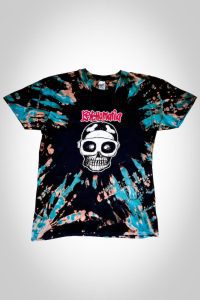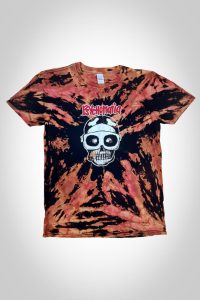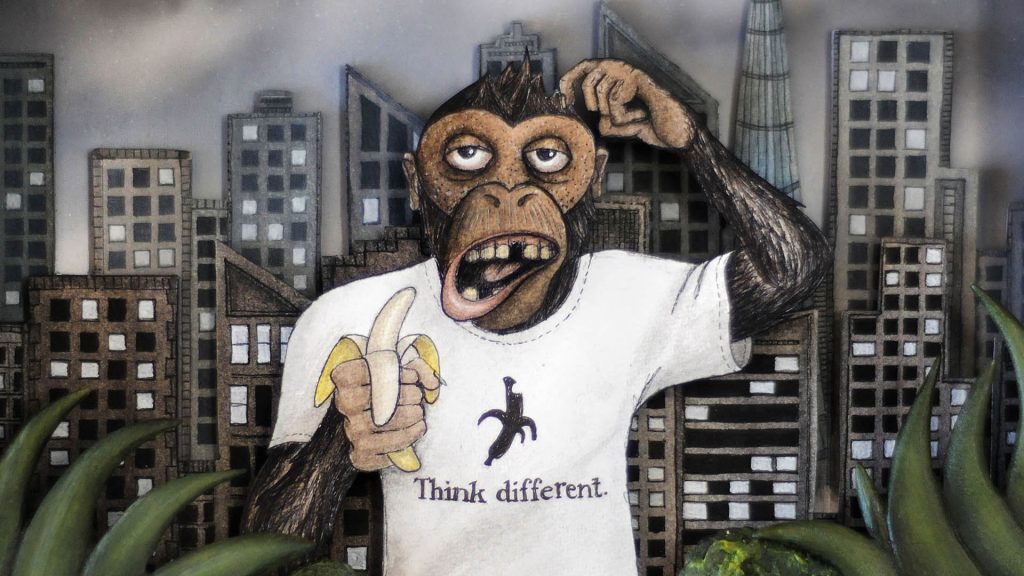Wearing a Statement Without Saying a Word
A T-shirt is more than just fabric stitched together – it’s an unspoken conversation. It’s a silent nod to those who understand, a subtle rebellion against those who don’t. Whether intentional or subconscious, what we wear tells a story, and for those who seek to communicate through art, music, and film references, the T-shirt becomes a powerful tool of expression.
Take Psychomania, the bizarre and brilliant 1973 British cult film about a gang of undead bikers, as an example. It’s a film dripping in countercultural weirdness—part horror, part psychedelic fever dream, with a heavy dose of nihilistic punk energy. Featuring frog-worshiping occult rituals, leather-clad mayhem, and a fuzzed-out, wah-wah guitar-driven soundtrack that veers between eerie and groovy, Psychomania is an unsung gem that lives in the margins of film history.
So why put Psychomania on a T-shirt? Because its saying something. It’s not a mass-market, everyone-knows-it kind of reference. It’s an invitation into a world where B-movie absurdity is embraced, where counterculture thrives, where death and freedom are intertwined in a twisted sort of poetry. It’s not just a movie – it’s a mindset. It isn’t about blind nostalgia; it’s about celebrating a particular breed of storytelling that laughs in the face of convention.
Underground T-shirts function as quiet billboards, whispering in the right ears rather than shouting for attention. They’re handmade, often uneconomical, different – the opposite of mass-market conformity. They don’t rely on massive resources or manipulative marketing tactics; instead, they exist as genuine expressions of subculture and identity. Of course, we all live within the constructed rules of our economy, and finding ways to navigate those structures is necessary, but the intent remains: to create something meaningful that isn’t built upon the foundational mainstream mindset of success, but rather one that values creativity, individuality, and subversion.
Making money doesn’t inherently strip art of its credibility – it’s about where the emphasis lies. If profit becomes the driving force, the art risks losing its raw, authentic edge. But when financial sustainability serves as a means to continue creating, it can actually reinforce artistic integrity, allowing independent work to thrive outside mainstream constraints. Of course, humans are smart – we can also delude ourselves into believing in altruistic intent while simultaneously entangling ourselves in the system, seeking validation through external means. Look at any successful marketing company selling dreams of contentment and happiness to see examples of this. We are so smart we no longer sell based on the merit of the product alone because that’s been done to death. We are now selling the connection and ideology behind the product.









